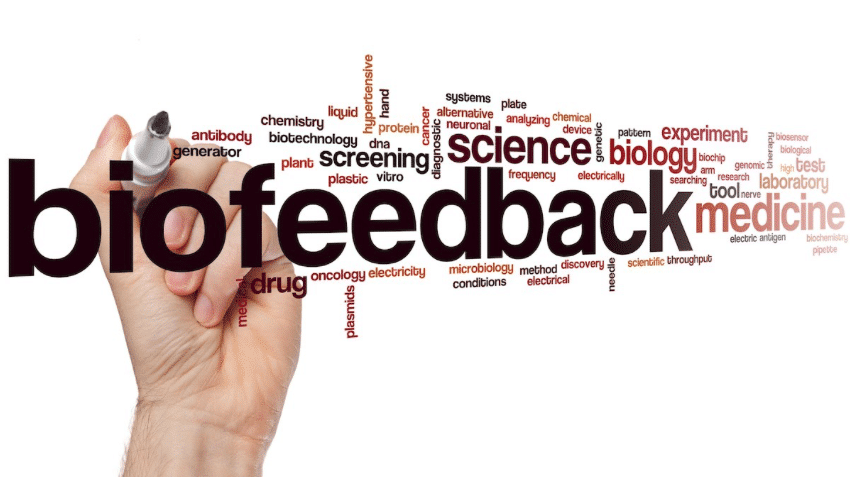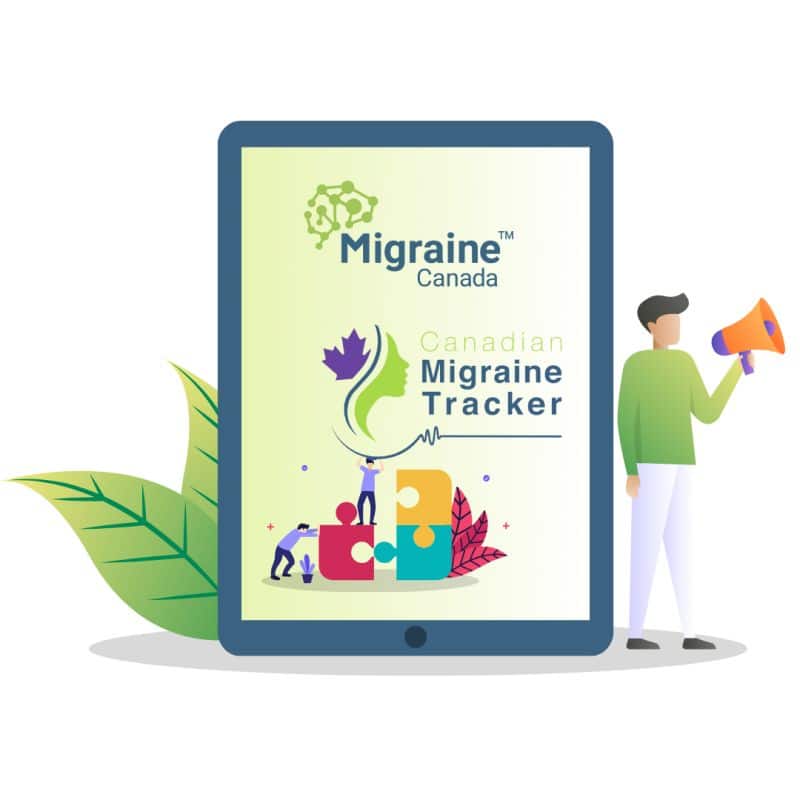This post delves into biofeedback—a technique monitoring physiological responses like heart rate and muscle tension—to manage migraine. Guided by trained therapists, biofeedback promotes relaxation through techniques like conscious muscle control and controlled breathing. Explore its efficacy, practical applications, and potential benefits for alleviating migraine symptoms and enhancing overall well-being.
What is biofeedback?
The principle of biofeedback is to monitor your body parameters and use various techniques to bring your body and brain back to a relaxed state. Electrodes are used to monitor heart rate, blood pressure, brain waves, breathing, skin sweat, and muscle tension. These bodily reactions change with your stress levels. During biofeedback sessions, with the guidance of a trained therapist and appropriate equipment, you learn to observe your body’s responses and then respond in ways that promote relaxation.
What is the difference between biofeedback and neurofeedback?
Biofeedback monitors body parameters, whereas neurofeedback uses EEG (electrodes on the head) to monitor brain electrical activity. There is less evidence supporting neurofeedback compared to biofeedback, though a 2010 study showed a 70% response rate (50% decrease in migraine frequency) in patients treated with both techniques.
What are the techniques used to promote relaxation?
Conscious muscle relaxation is a commonly used technique. For example, during biofeedback, you may become aware of tension in the jaw and facial muscles through electrodes, then consciously relax them. Over time, you can learn to relax muscles throughout your body, even without equipment. Another effective technique is controlled breathing, which can slow the heart rate and lower the stress response. Some therapists use computer programs to determine the optimal breathing rhythm to relax a specific individual.
Is there proof that biofeedback is useful for migraine prevention?
Biofeedback is an accepted method for headache control. Studies have demonstrated that biofeedback can help reduce headache frequency and severity. Biofeedback techniques can also be used during a migraine attack to decrease the stress response. Biofeedback is safe, with no side effects, and can even be used during pregnancy. Interestingly, one study suggests that starting biofeedback before pregnancy may provide benefits that persist after childbirth.
What are the limitations of biofeedback?
Biofeedback can be time-consuming and requires commitment from the patient. Finding a trained therapist with the necessary equipment can also be challenging. Cost may also be a limitation. Depending on health coverage, biofeedback may not be covered by all health plans and could be beyond the patient’s means. That said, learning this powerful technique with a therapist may be worth the investment.
Can I use the relaxation techniques of biofeedback without the monitoring?
Absolutely! Here are some examples of relaxation techniques you can try:
- Progressive Muscle Relaxation (PMR): Involves a sequence of contracting and relaxing different muscles, which can be learned and practiced. Some people find it very helpful for managing chronic muscle tension, and it is both cheaper and more empowering than a massage.
- Breathing Techniques: Practiced for centuries in disciplines like yoga and martial arts, breathing techniques can help regulate emotions and reduce stress even without monitoring devices. Techniques such as vipassana and 4-6-2 breathing are examples. Simply closing your eyes and focusing on your breath for ten breaths can also yield significant benefits.
For more information, see our post on relaxation practices for migraine management.
References
- Stokes DA, Lappin MS. Neurofeedback and biofeedback with 37 migraineurs: A clinical outcome study. Behav Brain Funct. 2010;6:9.
- Pfaller A. Efficacy of biofeedback in the treatment of migraine and tension type headaches. Pain Physician. 2010;13(1):94-6; author reply 6.
- Andrasik F. Biofeedback in headache: An overview of approaches and evidence. Cleve Clin J Med. 2010;77 Suppl 3:S72-6.
Post #721



